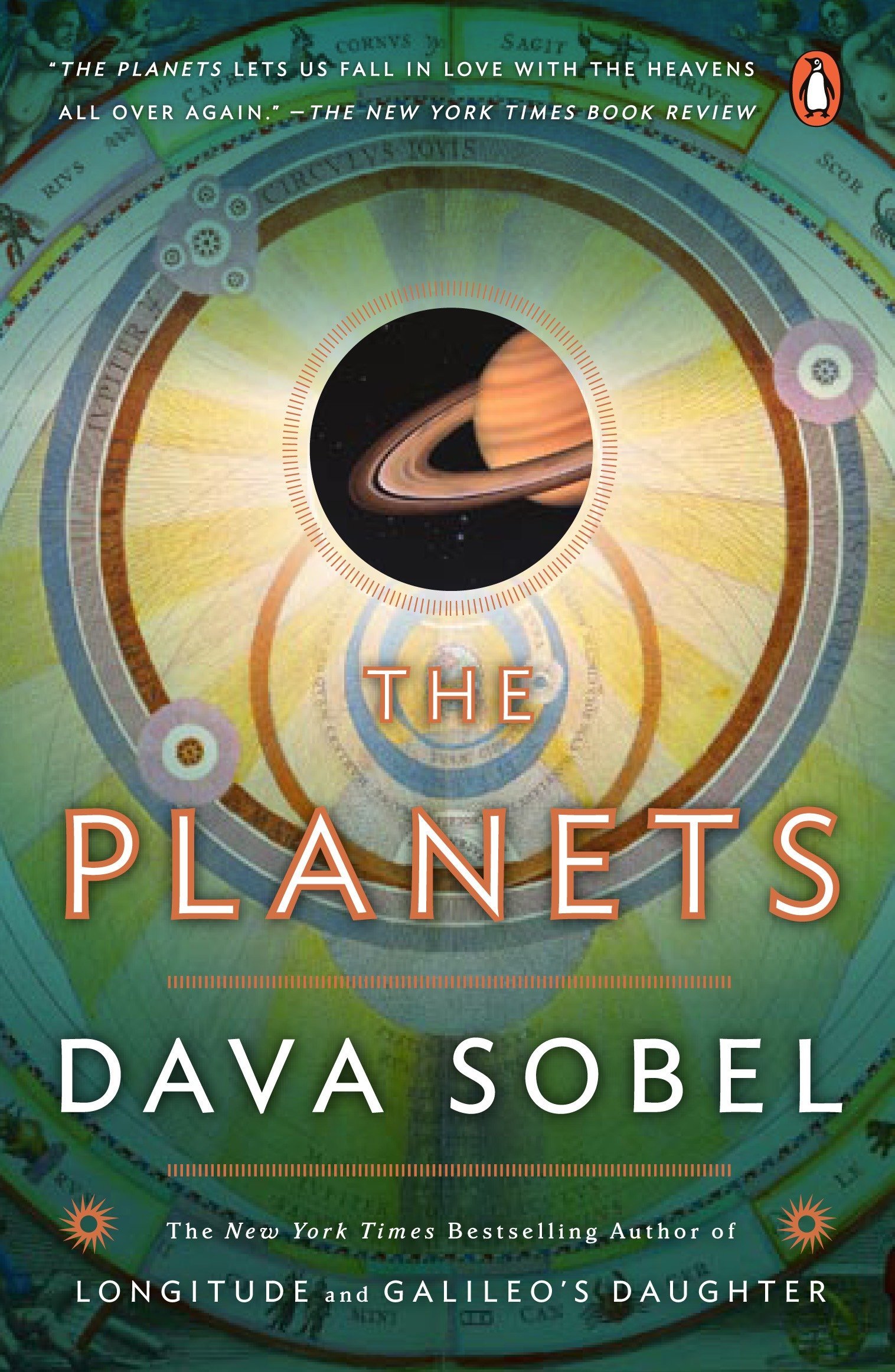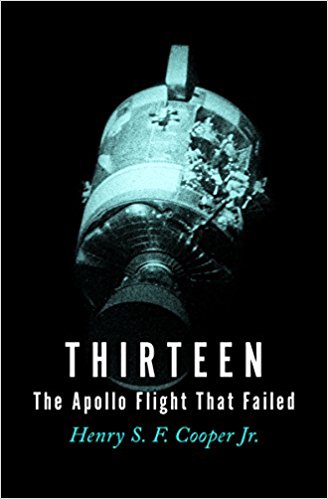by Hannah Cobb
I grew up looking at the sky. My dad loves astronomy, and I think that one of his favorite parts of it is sharing his wonder with anyone who will listen. When I was young, he read dense books and then distilled the information for my siblings and I. When our family came home from somewhere late at night, before unlocking the door he would pause a few moments in the backyard and gaze upwards. He brought us along to “star parties” — gatherings of amateur astronomers, many of whom would bring their own telescopes to share with others. We’d arrive at a field or a parking lot somewhere far enough away from city lights to be properly dark, with telescopes scattered around pointing in various directions. We wandered from telescope to telescope, each one offering us a brief window into another world. I saw nebulae, galaxies, star clusters, double stars — my dad would explain to me what I was seeing as I stood on tiptoes to peer through a telescope’s eyepiece.
It was at one of these star parties that I first saw Saturn up close. It was a summer night, and I had spent most of my time swatting away mosquitoes. It was getting late, and I was tired. I had been standing in front of telescopes for what felt like a very long time, and my enchantment with the sky had broken a bit. My dad was talking to some other adult, and I was hanging back, examining the mosquito bites I had accumulated over the night and trying not to scratch them. My dad turned to me and asked if I wanted to see Saturn. I shrugged. I figured it would look like just another white dot in the sky, magnified by the telescope’s lenses to be a slightly bigger white dot, but I agreed to look through one more telescope. I put my eye to the lens, and then I saw the rings.
When I was a child there was a gulf between what grown-ups told me was true, and what I actually experienced. I knew that Saturn had rings, I had seen the pictures taken by space telescopes that showed Saturn’s array of rings. I accepted the rings as a true thing, but something that was true somewhere else — Saturn had rings in books and in space. In the real world, the one that I lived in, Saturn was just another luminous point in the sky, indistinguishable from all the surrounding stars and planets. Seeing the rings through the telescope was something new, something revelatory. “Wow,” I breathed, “Saturn actually has rings. There they are.”
“Yes,” my dad agreed, “there they are.”
These days, I still need moments like that. It’s so easy to forget to look at the stars, or to look, but forget to be amazed. When I start to sink into the mundane, I need something to jerk me upright and pull me out of complacency. Recently, I’ve been reading books about space to help me recover my wonder, and to remind me to stop in the backyard and look back up at the sky. Here are two books that have helped me do that.
 The Planets by Dava Sobel
The Planets by Dava Sobel
I picked up this book in a thrift store — enchanted, at first, by the beautiful cover art.
I quickly became enchanted with the inside of the book as well. Sobel is a gifted writer, and she makes the beauty of our solar system come alive in this account. The book deals with each of the planets in our solar system in turn, and also includes the moon and Pluto.
Sobel approaches her discussions of the planets from a number of different angles. She examines the history, mythology, and of course the science of the objects in our universe. Her energetic prose kept me turning pages quickly, eager to learn what new insights she had to reveal.
 Thirteen: The Apollo Flight that Failed by Henry S. F Cooper Jr.
Thirteen: The Apollo Flight that Failed by Henry S. F Cooper Jr.
Published just a few years after the 1970 Apollo 13 mission, Thirteen: The Apollo Flight that Failed is a meticulous technical account of the incidents which led to the failure of the mission as well as the methods NASA and the astronauts used to secure a safe return.
Cooper’s account is unwavering in its attention to detail, yet he makes difficult technical information accessible to the uninitiated reader. As I read this, I was amazed by the fact that the astronauts, with limited communication with NASA on Earth, managed a successful return. If you liked Andy Weir’s novel The Martian, you will be equally engaged by this true account of Apollo 13’s equipment failure and how they coped with it.
Hannah Cobb grew up in Salt Lake City in a house filled with entirely too many books. She now lives in Spokane in an apartment filled with entirely too many books. She graduated from Whitworth University in 2016 and is now an MFA candidate at Eastern Washington University. You can find her on Twitter at @hannahthecobb.
